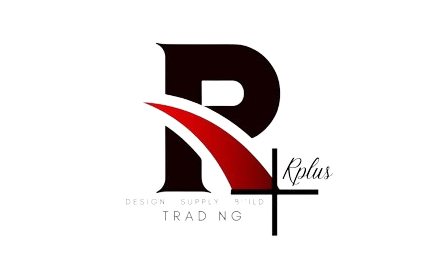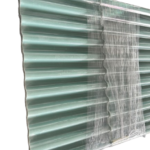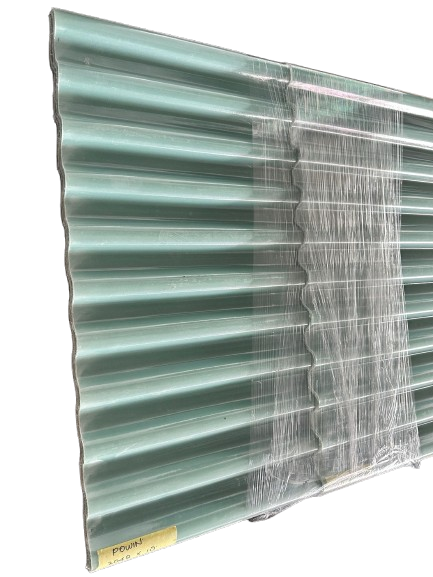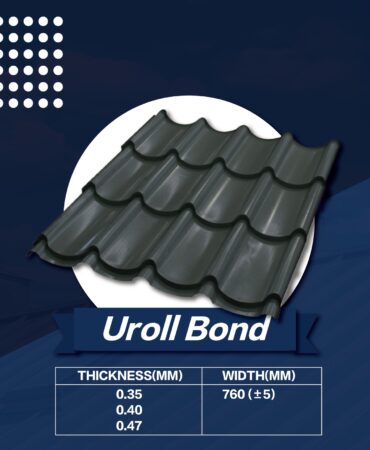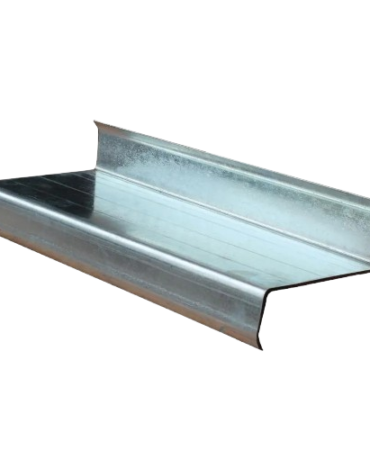Installation:
Polycarbonate & Acrylic: Both materials expand and contract with temperature changes, so proper spacing and flexible fixings are required to allow movement.
Ensure correct installation with UV-protected sides facing outwards for longer lifespan.
When installing in hot climates, using light colors or tinting can help reduce heat buildup.
Fire Safety:
Although polycarbonate has good fire resistance, it can deform at high temperatures, so it should not be used in fire-prone areas without proper fire-rated certifications.
Impact Resistance:
Acrylic is more prone to cracking under impact compared to polycarbonate, so it is essential to handle carefully during installation.
Polycarbonate offers superior impact resistance but can scratch more easily than acrylic.
Cleaning:
Use mild, non-abrasive cleaning agents and a soft cloth to clean the surface of transparent roofing materials to avoid scratching or dulling the surface.
UV Degradation:
Fiberglass, polycarbonate, and acrylic sheets should be UV-treated to prevent yellowing, brittleness, or loss of light transmission over time.
|
